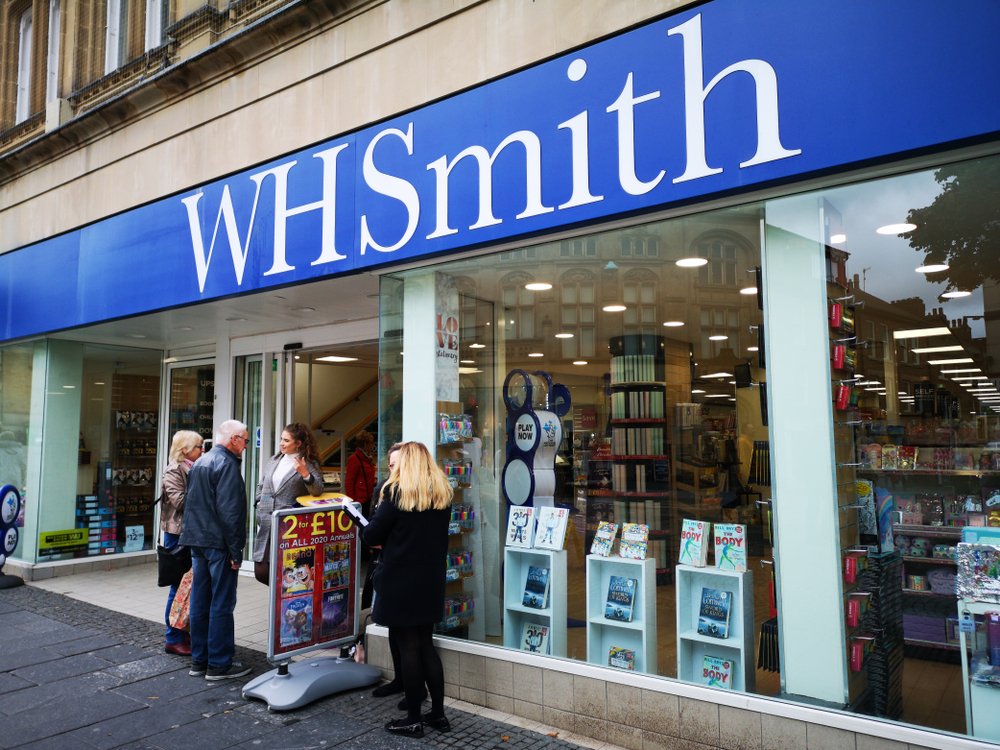UK footfall decreased 0.7 per cent on a year ago last month as shopping centres saw footfall dip well below the UK average, figures released today reveal.
According to the British Retail Consortium (BRC)/Springboard Footfall Monitor, shopping centres saw a decline of 1.7 per cent in May while high streets reported a fall of one per cent.
Footfall in out-of-town locations rose 1.2 per cent compared with the same period last year, its best performance in six months, though the BRC noted that there was a mixed picture across the UK as regional performances varied considerably.
“On the surface these figures are fairly flat, but they‘re masking widespread regional variations and only two areas in England – Greater London and the East – are showing positive footfall growth compared with May 2012,” explained BRC Director General Helen Dickinson.
“As the recent unemployment figures highlighted, the outlook in terms of job prospects and economic growth is by no means ‘one size fits all‘ across the UK.
“While footfall saw a slight drop compared with May 2012, the month‘s respectable sales growth suggests that conversion rates were good: people made fewer trips but responded well to good deals, especially on value ranges and seasonal promotions.
“Where there was a little growth, retail parks led the way and this could explain why furniture – most commonly sited out of town –was the month‘s best performing category according to our Retail Sales Monitor.
“Now that we‘re into June, retailers will be hoping that Summer sales and sunshine will make for a stronger showing next time.”
High street footfall has struggled significantly in recent months as new trends emerge within the retail sector amid changing customer behaviour, believes Retail Insights Director at Springboard Diane Wherle.
Footfall in regional cities is on the up at the expense of smaller towns as shoppers gravitate towards larger destinations, Wherle explained, while daytime footfall is declining as out of hours footfall increases, a trend which is impacted shopping centres and their “very modest leisure offer”.
Wherle concluded: “Town centres benefit from greater diversity than the majority of shopping centres, and the evening economy is clearly protecting and insulating the high street.
“This reflects the feedback we are receiving from town centre managers who state that by far the strongest demand for units is from food and beverage occupiers who operate outside of retail trading hours.”

















